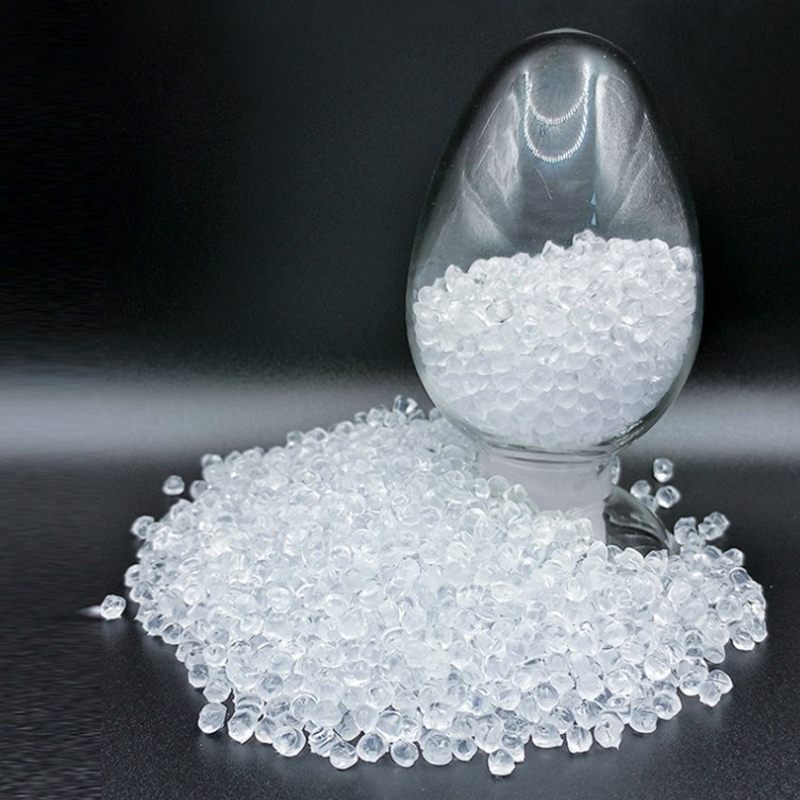-
Categories
-
Pharmaceutical Intermediates
-
Active Pharmaceutical Ingredients
-
Food Additives
- Industrial Coatings
- Agrochemicals
- Dyes and Pigments
- Surfactant
- Flavors and Fragrances
- Chemical Reagents
- Catalyst and Auxiliary
- Natural Products
- Inorganic Chemistry
-
Organic Chemistry
-
Biochemical Engineering
- Analytical Chemistry
-
Cosmetic Ingredient
- Water Treatment Chemical
-
Pharmaceutical Intermediates
Promotion
ECHEMI Mall
Wholesale
Weekly Price
Exhibition
News
-
Trade Service
Dibutyl adipate is a synthetic ester that is used in a variety of industrial applications.
It is commonly used as a plasticizer in plastics and as a lubricant in machinery.
The chemical formula for dibutyl adipate is C16H24O4.
There are several synthetic routes that can be used to produce dibutyl adipate.
One of the most common methods involves the esterification of acetylene with butanol.
This reaction is carried out in the presence of a catalyst, such as sulfuric acid, and results in the formation of dibutyl adipate.
Another method for synthesizing dibutyl adipate involves the reaction of butanol with maleic anhydride.
This reaction is carried out in the presence of an acid catalyst, such as sulfuric acid or phosphoric acid.
The resulting product is then hydrolyzed to produce dibutyl adipate.
Yet another method for synthesizing dibutyl adipate involves the reaction of butanol with dimethyl terephthalate.
This reaction is carried out in the presence of a catalyst, such as antimony trioxide or zinc oxide.
The resulting product is then hydrolyzed to produce dibutyl adipate.
Dibutyl adipate can also be synthesized by a method known as the Fischer-Tropsch process.
This process involves the reaction of a mixture of CO and H2 gases with a catalyst, such as iron or cobalt.
The resulting product is then hydrolyzed to produce dibutyl adipate.
Overall, there are several synthetic routes that can be used to produce dibutyl adipate.
Each method has its own unique advantages and disadvantages, and the choice of method will depend on a variety of factors, including the desired yield, the cost of the raw materials, and the purity of the final product.







